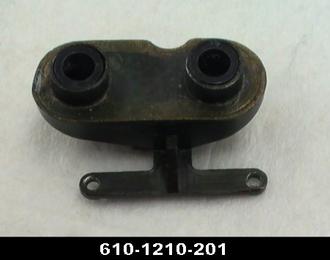My VL Challenger was always an anemic smoker with little discernable smoke from the Dynamo or blowdown. So i decided to open it up and replace the wicking. Pretty straightforward except for that little tube between the fan and smoke reservoir in the auxiliary smoke unit it went well. I did notice the resistor had turned brown but it didn't look as if any material was burned on it. After I closed it up and tried it, well, little improvement. Blowdown works a little better but very little visible smoke from the dynamo.. I use peppermint Lionel fluid and I can smell it coming out of the hole, but the smoke is so very light.
The main smoke element was putting out smoke, but anemic at best and no smoke from the whistle. This was true even when I turned off the main unit. I replaced the wicking. I but an 8" wick in each half of the reservoir. I was careful not to block the hole for the air from the fan. Still, very anemic smoke...it's visible but lite...no whistle smoke. The fans run. I was trying to emulate Bill Yates' results: https://youtu.be/mCe2Jz-y4uI [it's at about the 2:54 min. mark]
I thought of replacing the 8ohm resistors, but the Lionel parts list says "unavailable." I'm not sure what I should do next to increase the smoke output...or, should I just be satisfied I get some? Thanks.















